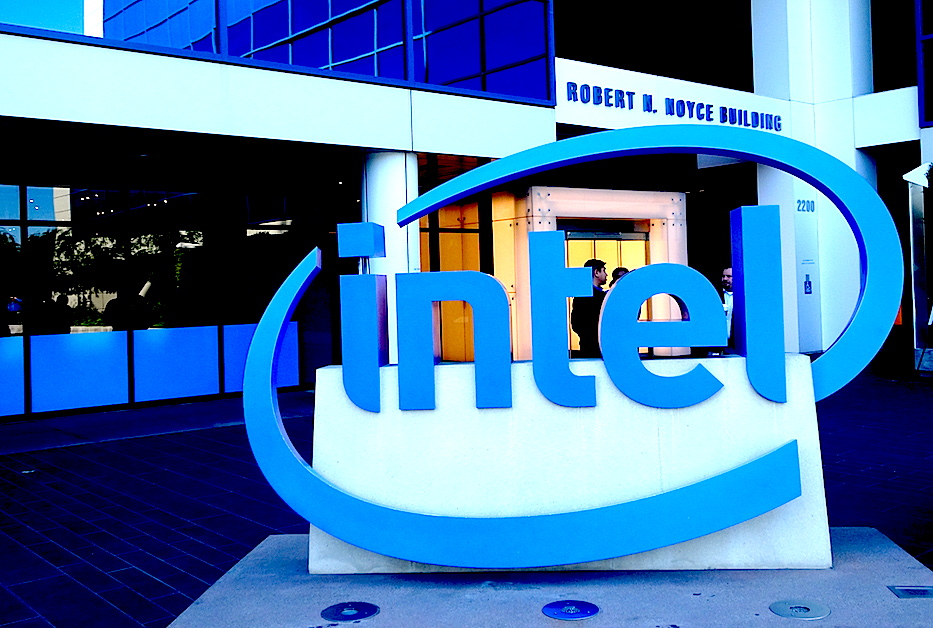Siliconangle
1M
167

Image Credit: Siliconangle
Why Intel must stay independent, spin out its foundry and rebuild its iconic brand
- Intel, a storied brand in technology, is at a crossroads with its manufacturing falling behind competitors like TSMC and foundry operations resulting in losses.
- Selling Intel's design arm would harm competition, national security, and innovation in America, making Broadcom's potential acquisition misguided.
- Proposed spin out of Intel's foundry can pave the way for the design business to thrive independently, focusing on CPUs, GPUs, and AI accelerators.
- A US-domiciled joint venture involving TSMC can help revitalize Intel's manufacturing operations and ensure a stable supply chain for hyperscalers.
- Guaranteed wafer pre-purchase contracts from cloud giants like AWS, Google, and Microsoft can sustain the JV's early years and secure demand.
- The article suggests a strategic shift for Intel, advocating for the spin out of the foundry, collaboration with TSMC, and independence for the design arm.
- By leveraging TSMC's expertise, creating a new US-based foundry, and securing commitments from hyperscalers, Intel can resurge as a technology powerhouse.
- Intel's design unit could thrive independently, partnering with leading foundries, advancing technologies, and fostering competition in the semiconductor market.
- Overall, the article emphasizes the importance of preserving Intel's legacy, competitiveness, and American innovation through strategic decisions and partnerships.
- The vision presented advocates for a bold approach to secure Intel's future, support US tech ecosystem, and maintain its iconic status in the industry.
- The article concludes by urging Intel's board to consider a transformative path that upholds national interests, competition, and the brand's historical significance.
Read Full Article
10 Likes
For uninterrupted reading, download the app